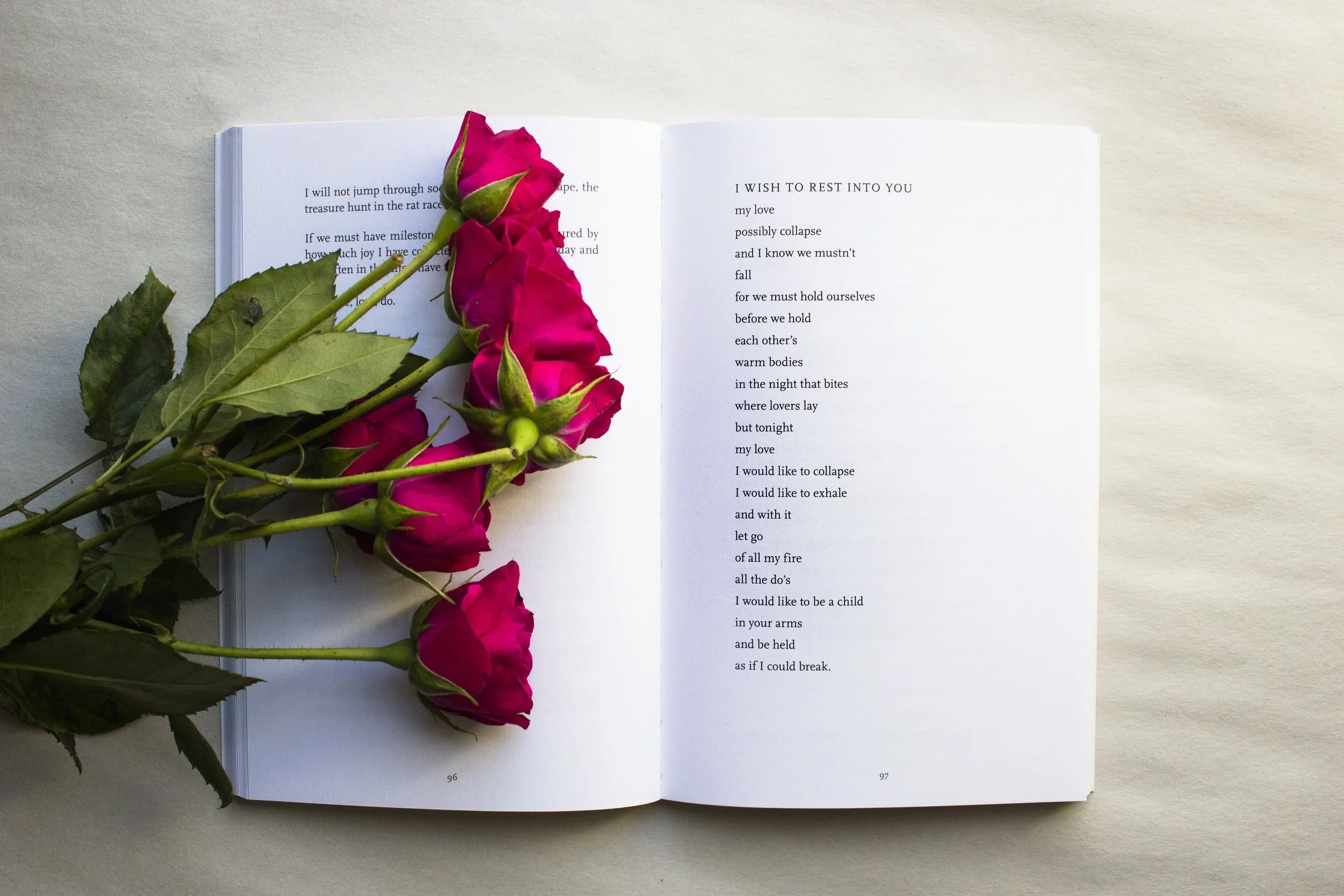What Poetry Teaches Us About Nostalgia
In September 1821, the Italian poet Giacomo Leopardi reflected on the nature of poetic language. Why do poets choose some terms and not others? Which words can be called “poetic”?
In his notebook Zibaldone, Leopardi notes that words like “distant” and “ancient”, “nocturnal”, “obscure” and “deep” are very poetic. These adjectives provoke a sense of vagueness and boundlessness. When we read them, our mind can only picture indeterminate and obfuscated images. Leopardi goes on to say that a text is truly poetic only when it is able to evoke multiple dimensions of memory in the reader’s mind. In other words, reading poetry gives rise to mental reconstructions that – in our imagination – look like real memories.
An example could be: “The pine he used to see from afar.”
The expression “from afar” indicates a distance in space. The verb “used to” indicates the repetition of a gesture that is far in time. In literature, when we combine the spatial with the temporal dimension, we generate multiple dimensions of memory in reader’s mind.
So, what is the most pervading feeling we experience, when we intensively inhabit our memories?
Nostalgia is, by definition, the bittersweet emotion. Traditionally, it has been defined as the suffering caused by being far from home. Today, it is more broadly seen as an emotional experience we feel when we think about our past. Nostalgic people usually recollect episodes regarding their family or friends, special occasions, or specific locations. Most of the time, nostalgia is characterized by the co-existence of contrasting emotions. When narrating nostalgic events, we can feel simultaneously happy and sad. Some psychologists defined nostalgia “as a positive emotion with tones of loss”. In their view, nostalgia happens when our mind recollects positive elements of the past, but it realizes that such elements can no longer be regained and restored in present life.
But what is the link between poetry and nostalgia?
Real memories trigger nostalgia. As mentioned above, real memories are also similar to the poetic ones, which are imaginary. Both of them appear as vague, approximate and incomplete scenarios in our mind. If we picture visual memories of our past, they appear blurred, confused and distant, precisely as the reconstructed images resulting from the reading of a poem. It can, therefore, be argued that the poetic language simulates the language of our memory, triggering the well-known emotion of nostalgia. Poetry can indeed resurrect a place of our past, the memory of an old friend or a partner, and move us. In Leopardi’s view, this is the reason why every object or place can become poetic the moment we remember it. There's no inherent poetry inside the concrete objects of reality. It is our memory of such objects what makes them poetic.
Generally speaking, artistic products are known triggers of emotional reactions, including mixed emotions of sadness and pleasure. For example, the coexistence of sadness and pleasure is experienced by watchers of sad movies. Watching a sad movie should represent a negative experience. But given that watchers are moved by the film, they usually experience, overall, positive reactions. As for nostalgia more specifically, listening to music has the power to evoke autobiographical memories often ascribed as nostalgic.
Poetry, as other artistic means, holds the power to safeguard the emotional contact of readers with their obfuscated past.

